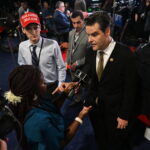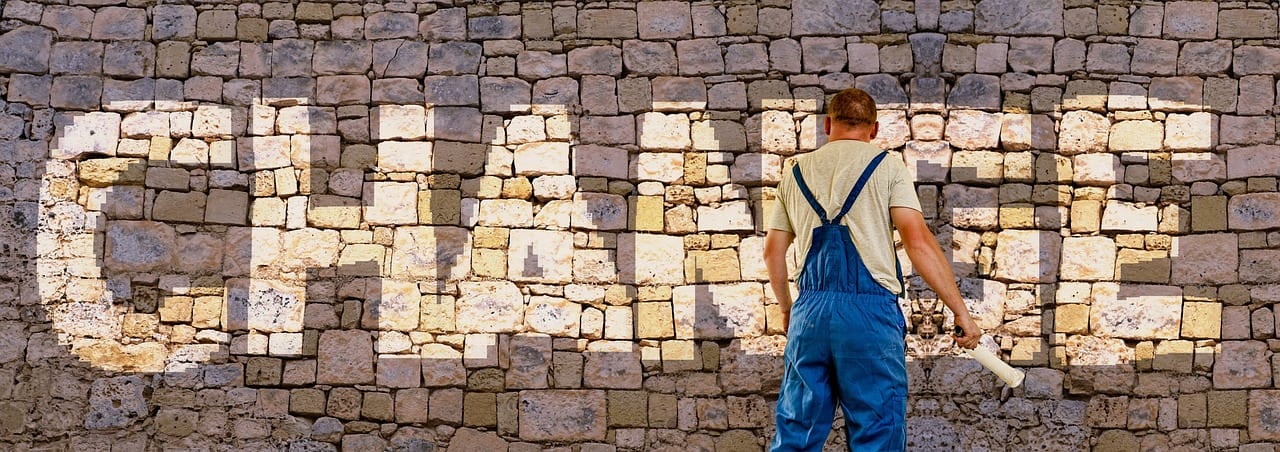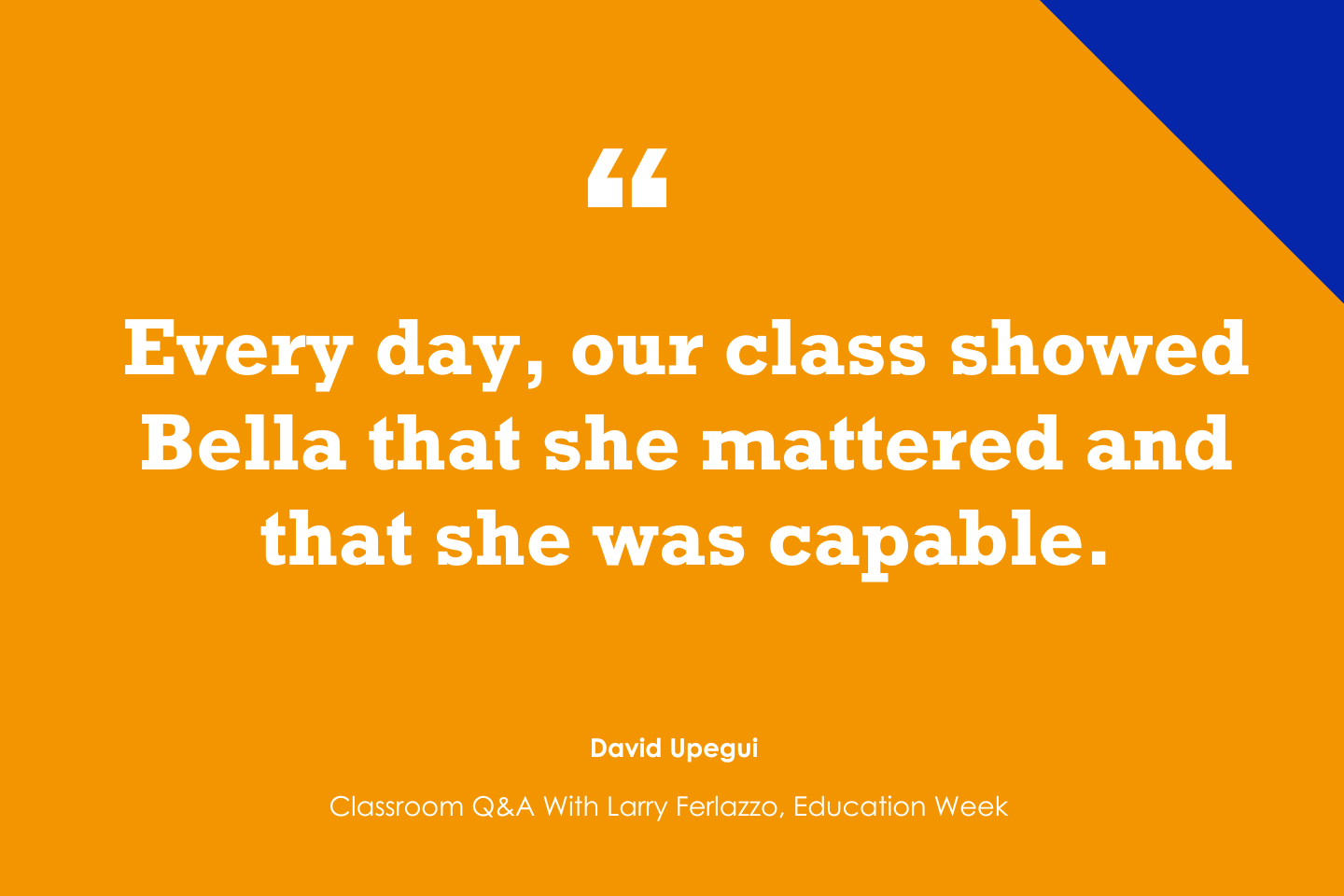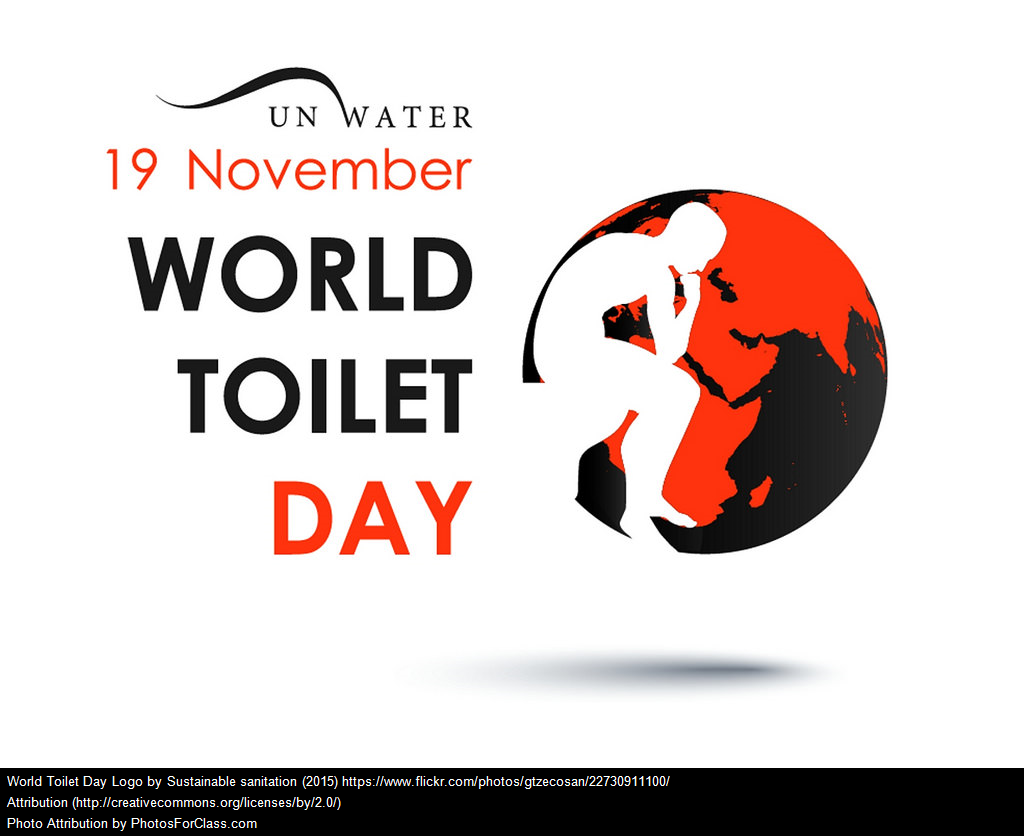(I’m republishing posts on my My All-Time Favorite Posts list. This one appeared in 2016. You can see them all here)
As regular readers know, I’m a big fan of students teaching their classmates, and tons of research backs-up the value of that practice (see The Best Posts On Helping Students Teach Their Classmates — Help Me Find More).
This past week was the most recent time I applied this idea in my classes.
I simultaneously teach World History and U.S. History English Language Learner classes (fortunately, this year I have the help of a student teacher – it gets a bit hectic when one is not around). World History students learned about World War I a couple of weeks prior to the U.S. History class getting there. So the World History students divided into pairs to prepare a short unit made-up of a cloze (also known as a “gap-fill” or “fill-in-the-blank” – see The Best Tools For Creating Clozes (Gap-Fills)); a data set, which is a series of short texts that students categorize and supplement with more information they find (see The Best Resources About Inductive Learning & Teaching); and a “Make-and-Break,” a term coined by my friend and mentor Kelly Young to describe a simple sequencing activity.
Here is the entire prep and planning packet used by my World History students, which also included a requirement to prepare teaching “moves” and a lesson plan. The process is easily adaptable to just about any topic or subject area. It’s somewhat similar to a lesson you’ll find in one of my student motivation books.
I gave students four days to prepare the unit, including making a master packet and multiple copies of student hand-outs for when they taught. Here is an example of one of the master packets prepared by a group of students.
Fortunately, we were able to use the library for our three days of teaching. U.S. History students were divided into seven groups, as were the World History students. Each group was assigned to a table, and each day the World History group taught one of the three lessons. At the end of each day, the U.S. History students would do some reading in their textbook for a few minutes while I met with the World History class to review the lesson for the following day.
It all went very well. The U.S. History students are eager now to “turn-the-tables,” and both classes will be using the same process on a historical topic of their choice for part of their final “exam” – a “Genius Hour” version (see The Best Resources For Applying “Fed Ex Days” (Also Known As “Genius Hours”) To Schools).
Here are a few reflective comments by my World History students:
When I teach, I liked to tell what I learn and know about the lesson.
When I teach, I learned be a teacher was not easy so we have to be nice to our teacher.
I learned about to be more patient and pay attention to others.
I like about taught other people what I know. I like the way they focus and hard-working what I’m teaching.
What I liked about this project is that I could help my “students” understand what we were doing.
What I learned about teaching is that it could be hard work if the student does not focus.
Teaching is a responsible profession that you need to carry with you because the future of your students depends on you.
I learned how to explain something to the students.
(I’m republishing posts on my My All-Time Favorite Posts list. This one appeared in 2016. You can see them all here) As regular readers know, I’m a big fan of students teaching their classmates, and tons of research backs-up the value of that practice (see The Best Posts On Helping Students Teach Their Classmates — a look back Larry Ferlazzo’s Websites of the Day…








